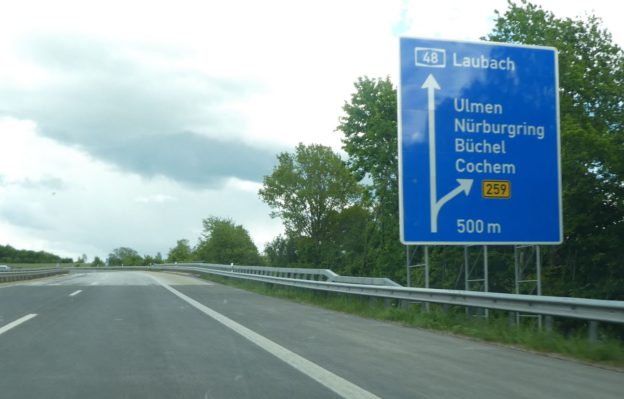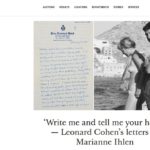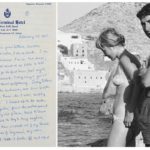Two parallel stories unfold across this remarkable correspondence between Leonard Cohen and Marianne Ihlen, his muse and lover. The first is that of the romantic relationship that inspired songs such as So Long, Marianne and Hey, That’s No Way to Say Goodbye, with the letters revealing a deep tenderness that never fades, even long after they’ve parted. They underscore Marianne’s role during pivotal years as a bedrock for Leonard, in both his life and work.
The second story is that of Leonard Cohen the artist. The letters begin in 1960 when he is a 26-year-old struggling writer with a single book of poetry under his belt, and go on to cover the writing, revision, and publication of nearly everything that follows, including his transition in the mid-1960s from poet and novelist to singer-songwriter. They span to 1979, save for one later postcard, which was written in the 2000s.
Cohen first arrived in the Greek island of Hydra in April 1960 and quickly fell for the bohemian lifestyle if offered. He purchased a house on the island that September with the proceeds of a small inheritance.
Marianne was married to Norwegian novelist Axel Jensen at this time, and they had a baby together. But the marriage was troubled and Marianne and Leonard were quickly drawn to each other. During their years together she would provide him with a nourishing, stable existence.
Their relationship, however, was often long-distance and occasionally turbulent, and it eventually drew to a close as Cohen’s career as a musician began. Even so, notes and letters were exchanged for many years after they parted, highlighting what Cohen refers to in one letter as their ‘enduring love’. And as he sings in Hey, That’s No Way to Say Goodbye, ‘You know my love goes with you as your love stays with me / It’s just the way it changes, like the shoreline and the sea.’
These important letters shine a light on Leonard Cohen’s love, his life and work — through his own poetic words. They contain numerous lines and passages that sound like early drafts of songs, with each one giving new context, new understanding, to his oeuvre.
Find out more about the story of Leonard Cohen and his greatest muse
Postmarked from all over the world, they take us from Hydra and Cuba to the Chelsea Hotel and Nashville, from Scientology to Zen Buddhism, from young poet to world-famous artist.
Cohen’s first separation from Marianne







